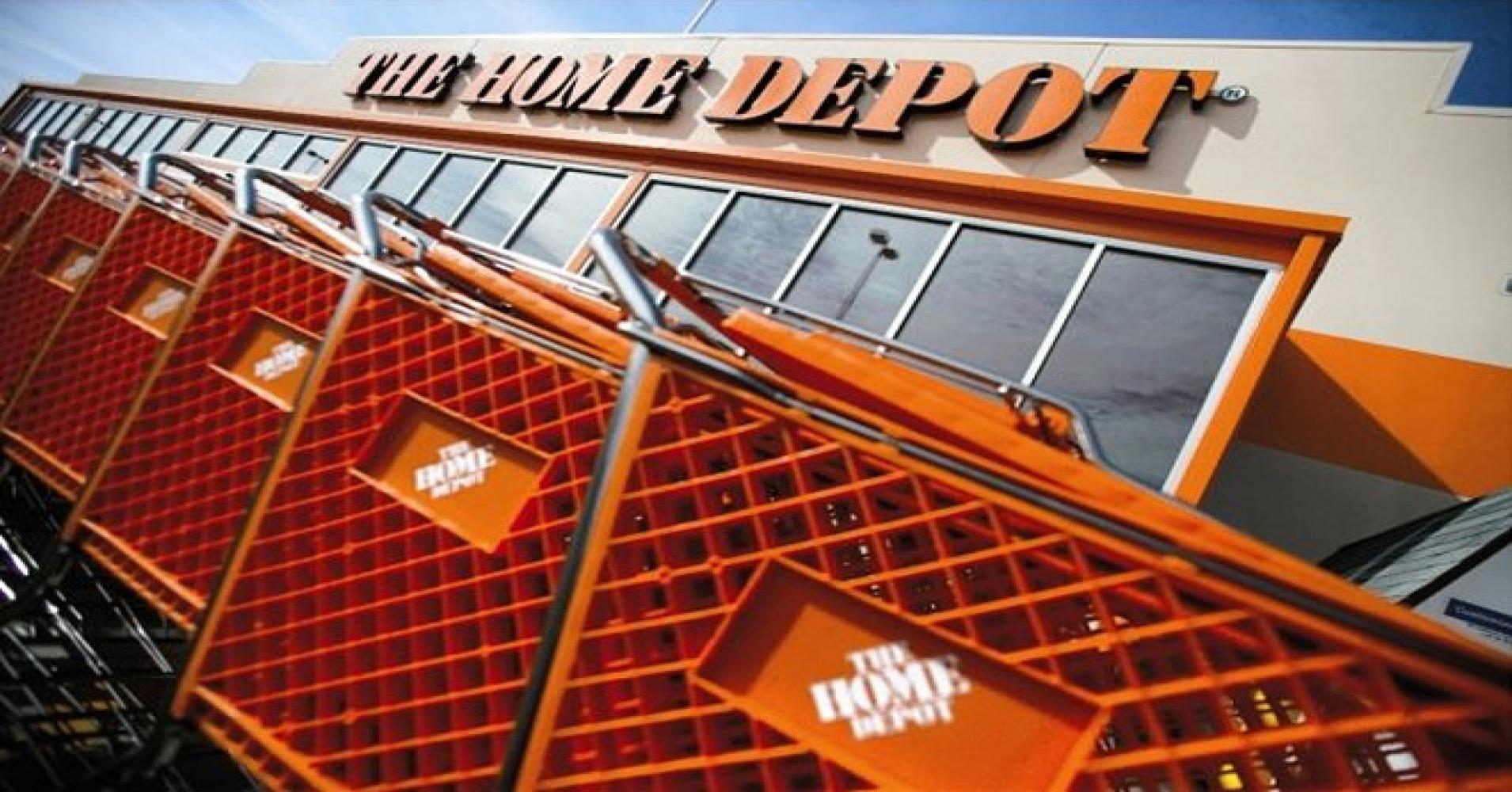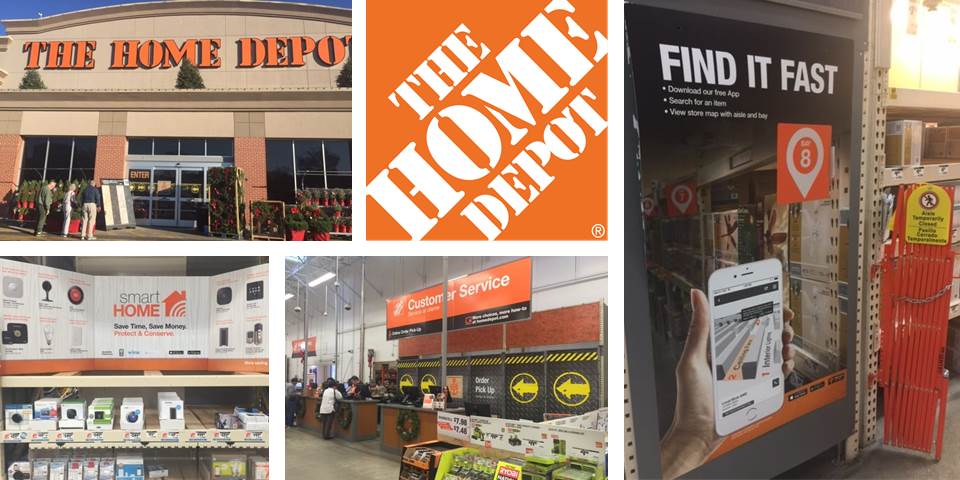This week, we attended Home Depot’s Investor and Analyst Conference at its headquarters in Atlanta, GA. Kicking off the conference, Chairman, CEO and President Craig Menear noted that Home Depot had been focusing on identifying potential disruptors to its industry, generating ideas to expand sales across the next 3-8 years, and coming up with new productivity ideas.
A few key themes…
1. Growth and Productivity
Home Depot expects to grow sales by $13 billion in total between 2015 and 2018, taking sales to $101 billion. This is the same sales growth, in absolute terms, that was seen between 2012 and 2015. The company’s share of the total addressable market in the US is still only 15%, but adding together spending on consumer home-improvement, professional maintenance, repair and operations and do-it-for-me services creates a total potential market of $550 billion. So, there looks to be a lot for $80-billion Home Depot to work with.
2. Do-It-For-Me services and professional customers
Home improvement is seen as an investment for Home Depot customers. As such, they have adopted a “do-it-for-me” approach rather than a “do-it-myself” point of view. As a result, Home Depot plans to target professional customers, who make up just 3% of Home Depot shoppers, but contribute a full 40% of sales. This dramatic difference means the average annual spend for a consumer at Home Depot is $330, but for a professional it is $6,500.
3. Interconnected Retail
Home Depot’s digital business will grow by nearly $1 billion in sales in 2015, we were told. And some 10% of digital orders are placed by a device being used within a Home Depot store—confirming the extent to which shoppers are browsing and buying across channels. The company is deepening its curated online and in-store assortments, leveraging data to tailor this at a local level. “Old things done in a new way,” was a theme reiterated by Kevin Hofmann, President of Online at Home Depot.
4. Improving Logistics
Consumers have increased demand for more collection and delivery options as the omnichannel shopper becomes the norm. Home Depot has taken on many initiatives in its logistics, including developing a global view of where inventory is, from fulfillment to stores; ability to offer buy online, deliver from store; new capabilities to buy online, ship to store (BOSS); and Project Sync, which optimizes distribution from supplier to store, cutting the total time from around 11 days to as few as five days and resulting in a more predictable, steady flow of freight for stores to handle. The company is “well positioned to drive profitable growth in direct fulfillment,” according to Bill Lennie, Executive Vice President of Outside Sales and Service.
5. Looking Ahead to 2018
Looking ahead, Chief Financial Officer Carole Tomé claimed three positive underlying forces: a modest economic recovery, housing metrics trending in the right direction and changing demographics that bode well for the company. Underlying shifts include more renter households and more multifamily households, and Home Depot’s attempt to strengthen its sales to professionals is a response to these trends. Tomé returned to a theme mentioned by several speakers across the day: productivity. For Home Depot, she said, productivity is a “virtuous cycle,” whereby savings can be reinvested in the proposition, such as in staff and in “interconnected retail,” that should deliver further top-line growth.
See our full report on the Home Depot Investor and Analyst Conference

